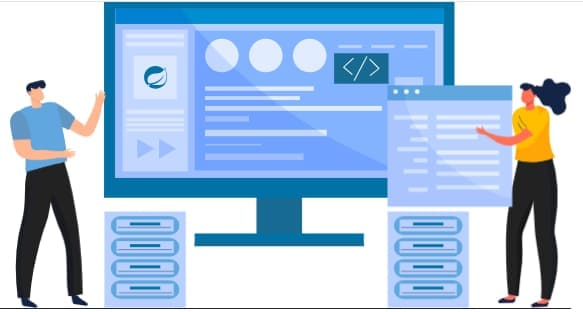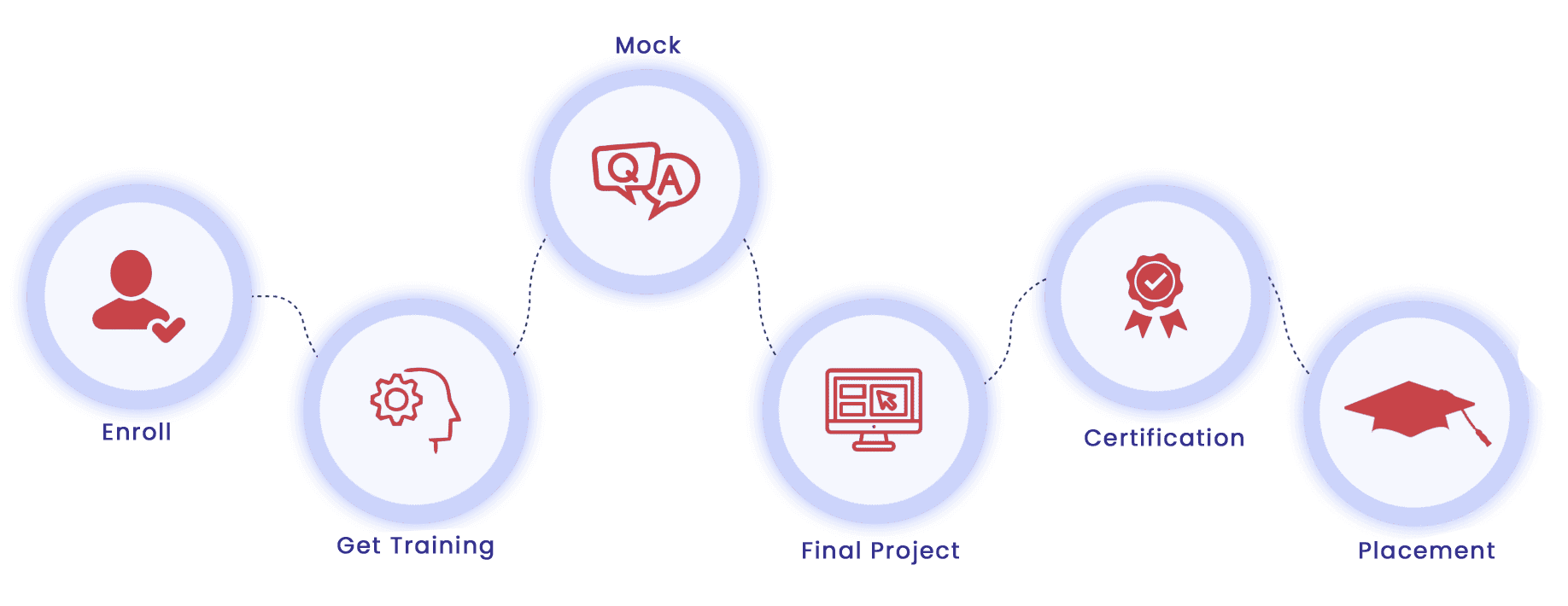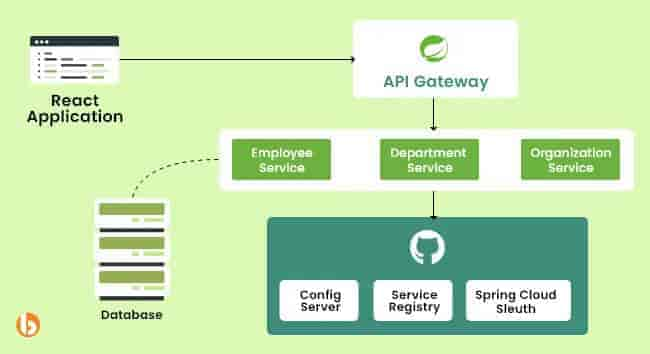Spring Boot & Microservices is a powerful approach to building modular, scalable, and easily maintainable applications using the Spring Boot framework and microservices architecture. By using Spring Boot, developers can quickly create stand-alone, production-ready Spring applications with minimal configuration. This is ideal for building microservices—small, independent services that work together to form a larger application.



Basic knowledge of Java is usually required, as Spring Boot is a Java-based framework. Familiarity with Spring Framework basics is helpful but not always mandatory, as many courses cover the essentials of Spring Boot from the ground up.
Most courses include hands-on projects where you’ll design, build, and deploy a microservices-based application. These projects cover inter-service communication, fault tolerance, and deployment practices, providing real-world experience with Spring Boot and microservices.
